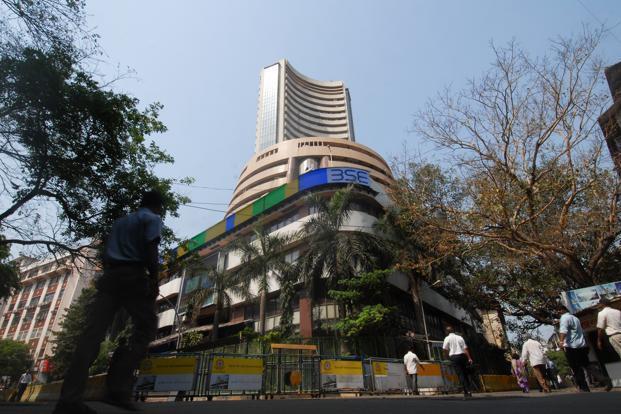
Mumbai/New Delhi: The government is about to overhaul annual targets for public region creditors this month, finishing a focal point on size that has lengthy encouraged banks to inflate their loans and deposits on the year–cease to hit increase targets.
Banking and authorities sources stated the brand new targets, to be discussed at meetings withpinnacle nation bank officers this month, would cognizance on efficiency, with objectives set aroundgo back on assets, or return on fairness, and controlling terrible money owed.
Overhauling India’s bloated and often gradual country banks is critical for the government, which wishesto rekindle credit increase to reboot an economy that stays sluggish to recover, even though authenticstatistics have it developing quicker than China.
The shift, the government hopes, may also positioned a forestall to widespread “window dressing” ofkingdom banks’ financial money owed on the stop of the financial yr, the time at which the fitness in their stability sheets is officially assessed.
That exercise, professional records suggests, moves billions of dollars in the remaining weeks of March as banks raise loans and deposits—handiest for extra than half to reverse in the first weeks of April.
this may threaten monetary balance, analysts say, and can be obscuring the real country of India’sfinancial sector, which includes the level of careworn debt.
for plenty banks, “window dressing” includes accepting brief–time period loans or encouraging customersto draw down on credit score strains on the stop of the monetary year, parking cash in their modern-daymoney owed most effective to then reverse the move within the new month.
Banking sources said some additionally recommended clients to shift their term deposits into thecontemporary account, then compensated them for lost interest.
One finance ministry source stated the government may want to recall punitive motion to back up its push.
“The complete incentive structure needs to be changed,” said the finance ministry authentic.
This 12 months, facts from the significant bank indicates the extent of loans made on the end of March that then reversed in April, a demonstration of “window dressing”, hit tiers unseen for the reason that 2012.
a few Rs.2.3 trillion ($35.96 bln), or eighty five% of the loans raised in the final fortnight of March, reversed in April. in addition, almost 60% of the Rs.3.3 trillion of deposits reversed.
“We do no longer want banks to present unrealistic projections whilst signing annual agreements with thegovernment,” stated a 2nd finance ministry reputable who deals with kingdom banks.
“We aren’t going to allow any window dressing.”
A certain type of account
China has also cracked down on “window dressing” by introducing caps on cease-month deposits, but thepractice remains pervasive in India, specially among state banks that dominate the arena with extra than 70% of loans—despite repeated admonishments with the aid of the authorities and the Reserve bank of India.
primary bank of India governor Raghuram Rajan ultimate yr warned banks towards creating a liquidity squeeze at the 12 months–cease by ceasing to lend to every other “to construct a certain type ofstability sheet”.
“Window dressing” practices inflate the numbers at the closing day of March, the date on which overall performance is measured. Analysts expect new objectives to apply common and quarterly measurements,instead of one day.
“it is a remember of way of life that runs from the bank department to the top,” said a senior policymaker.
“If one individual does it, then it will become a relative component whilst the opposite person alsodoesn’t need to be left behind.”
Banks also are hurting themselves, senior officers said, as a few push for increase despite the fact that itmeans they’re also consequently pressured to lend extra to less profitable “priority sectors”—farming, or small scale industries, for instance—as a end result.
“currently the practice is to bloat the balance sheet both at the credit and deposit facet on the area–end,”said Arun Tiwari, chairman and coping with director at Union bank of India, who stated his financial institution did now not inflate its money owed.
“but that still way higher numbers for priority zone lending which might be tied to adjusted net financial institution credit score and higher fees for deposit coverage. So the candle is burning from each ends.” Reuters













